DC is the unidirectional flow of electricity, while AC oscillates electrical flow backward and forward at specific frequencies. A much simpler source of energy, DC is used in mostly low-voltage applications and can be obtained from an AC current or changed into an AC current through the use of either an inverter or a motor-generator set. The ability to be changed into an AC current is important because nearly all modern electric power distribution is AC. Read More…
Del-Tron Precision, Inc. was founded in order to serve the needs of automated equipment manufacturers for innovative, high quality and reasonably priced anti-friction linear bearings and associated products such as valve actuators.
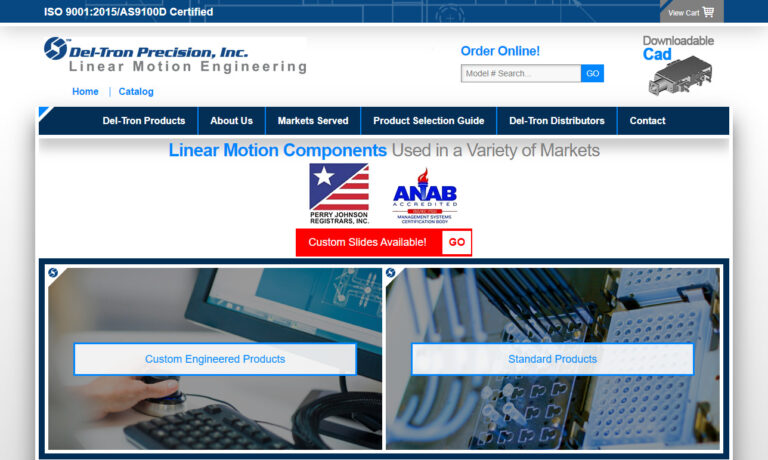
At IAI America, we are dedicated to providing value and originality with any product that we provide to you. Our linear actuator model types include slider, folded-motor slider, rod, and single, double, or ball-bushing type guided rod actuators. Our staff members are committed to being available in order to bring you full customer satisfaction while delivering the products that will best suit...
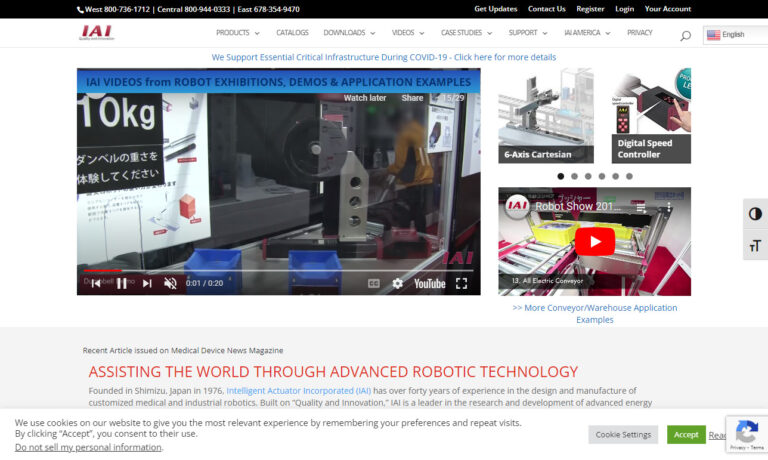
Our linear actuators deliver exceptional quality and performance under $120 USD. Whether you're prototyping, launching a startup, or developing products for medical, automotive, robotics, or other applications, we help you save time and cost. We also offer custom actuator solutions for specific requirements. Our new L8 series brings enhanced performance to compact applications, and every actuator ...
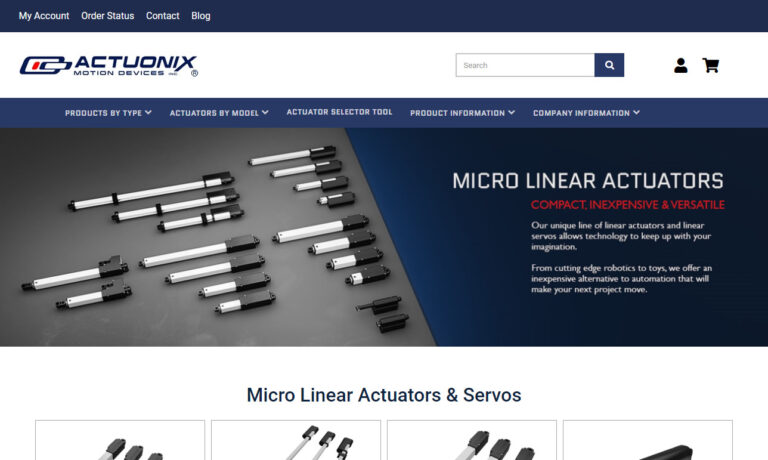
ElectroCraft hybrid stepper-based linear actuator solutions provide original equipment manufacturers the precision, performance and reliability that is required for a wide variety of motion control positioning applications. From medical and laboratory equipment to industrial machinery, ElectroCraft offers configurable or completely customizable solutions in three unique product designs: linear...
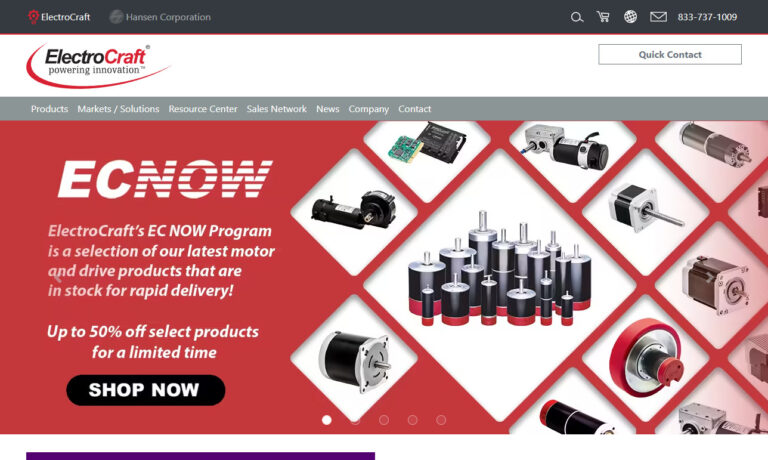
Isotech provides a number of different linear actuator & lifting columns for various applications. These products can be customized to meet your specific load requirements and travel distances. You can trust the accuracy of these solutions and the experts at Isotech is always available to assist you with your needs. Feel free to contact them today to learn more information!
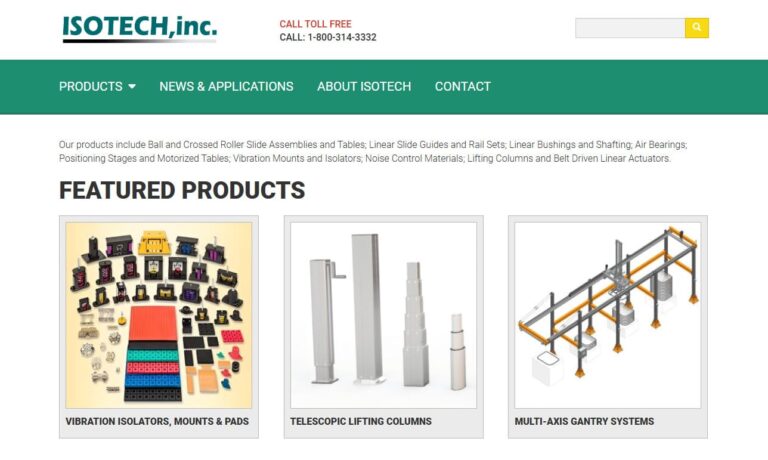
Tusk Direct’s specialty is linear motion components. We offer slides, bearings, lubricants and assemblies compatible with pneumatic or electric actuators and actuator systems.
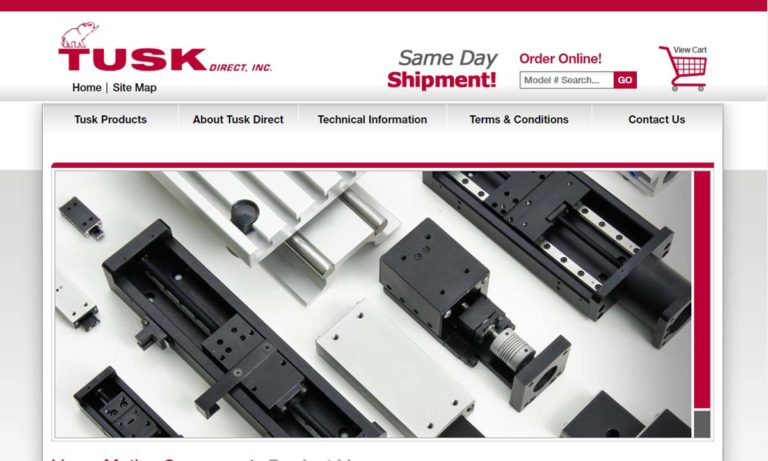
More DC Actuator Manufacturers
As a result, DC actuators are typically used in industries and applications such as medical, for hospital beds, dental chairs, and additional medical equipment; industrial manufacturing, for machining, automation, and construction applications; automotive, for seat positioning, electrical suspensions, and light-duty applications; and commercial and residential applications such as ventilation, home automation, food preparation, and commercial satellite tracking.
For these applications and more, DC actuators are ideal as a result of their capabilities including precision positioning, speed, and long service lives.
The main parts of DC actuators are a DC motor, a screw rod, and a housing made from metals such as aluminum, zinc, or steel.
The DC motor can be brushed or brushless.
A brushed DC motor consists of a permanent magnet stator and a wound iron-core armature, as well as a commutator with mechanical brushes. While the brushes serve to connect the power source to the armature, or a rotating coil that induces voltage from motion through a magnetic field, the brushes also cause decreased service life due to wear and tear.
As a result, brushless DC motors can offer many advantages over the more traditional brushed DC motor design. Brushless DC motors consist of a permanent magnet rotor and coils that are within the stator. Instead of utilizing a mechanical commutation system, brushless DC motors use an electronically controlled commutation system.
DC actuators may use ball screws or lead screws depending on the application; both types of screws can be used to translate rotational motion to linear motion. However, ball screw actuators can typically offer reduced friction.
To function, the DC motor is mechanically connected to a screw so that when the motor rotates, the screw also rotates. A nut is threaded onto the non-rotating part of the screw so that the nut will not rotate. Instead of rotating, the nut will be driven along the threads of the screw in a linear movement corresponding to the screw's rotational motion. DC actuators often utilize worm gear sets to provide the required torque needed to rotate the screw.





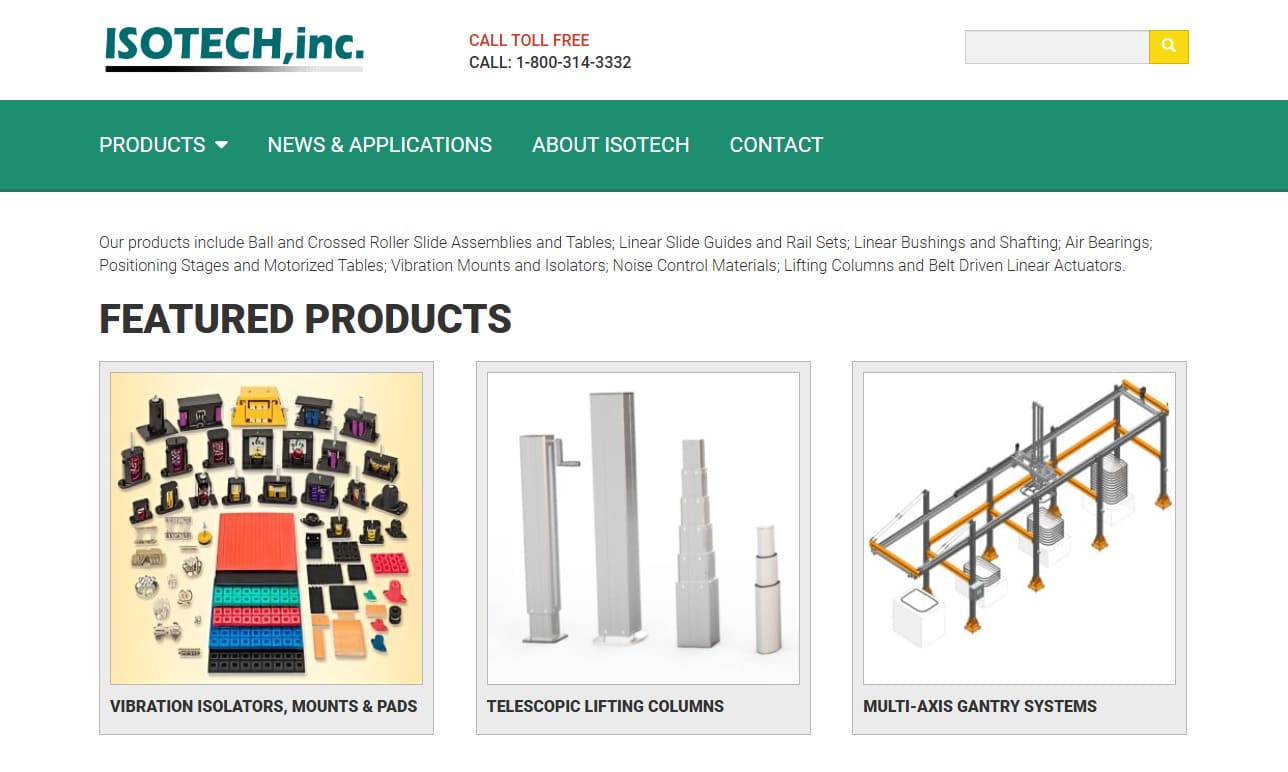

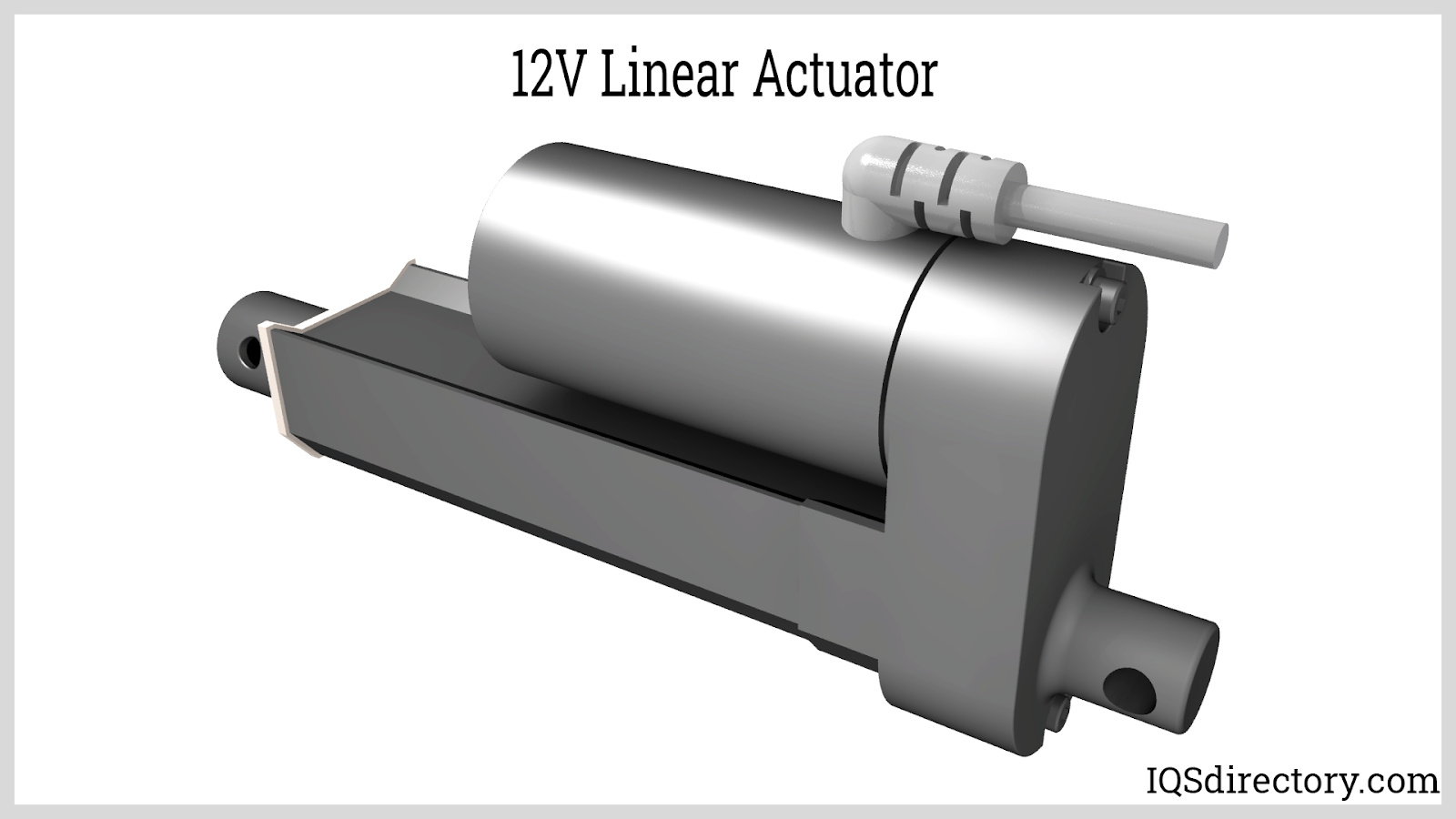
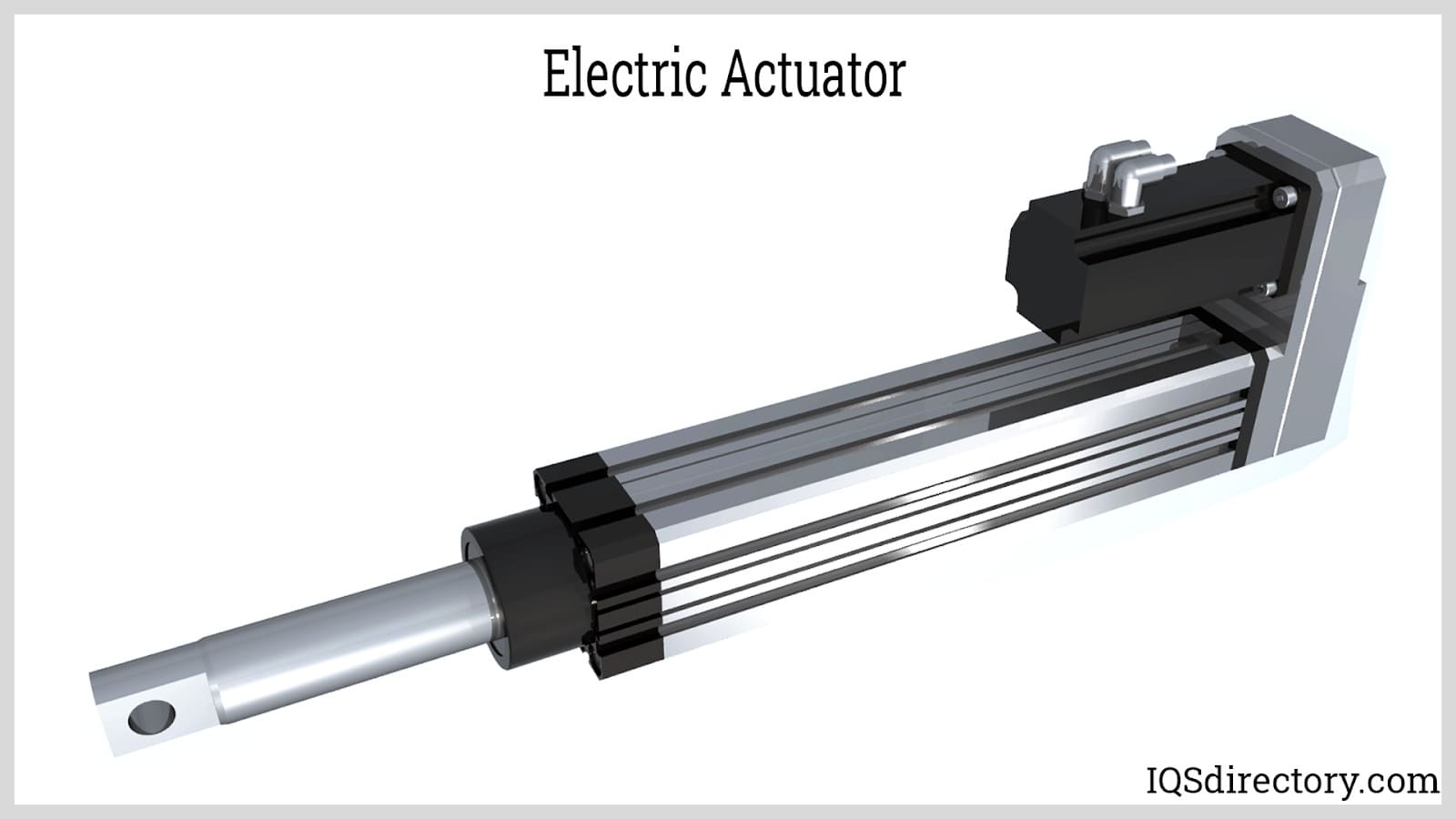
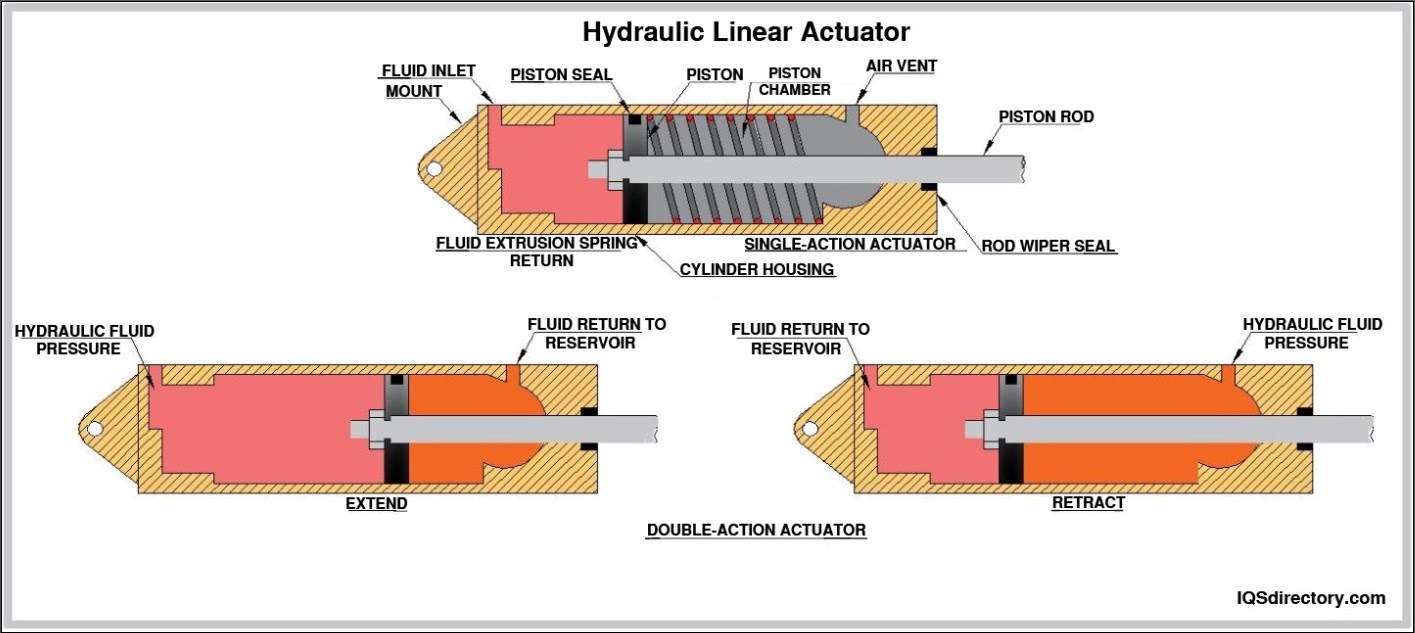
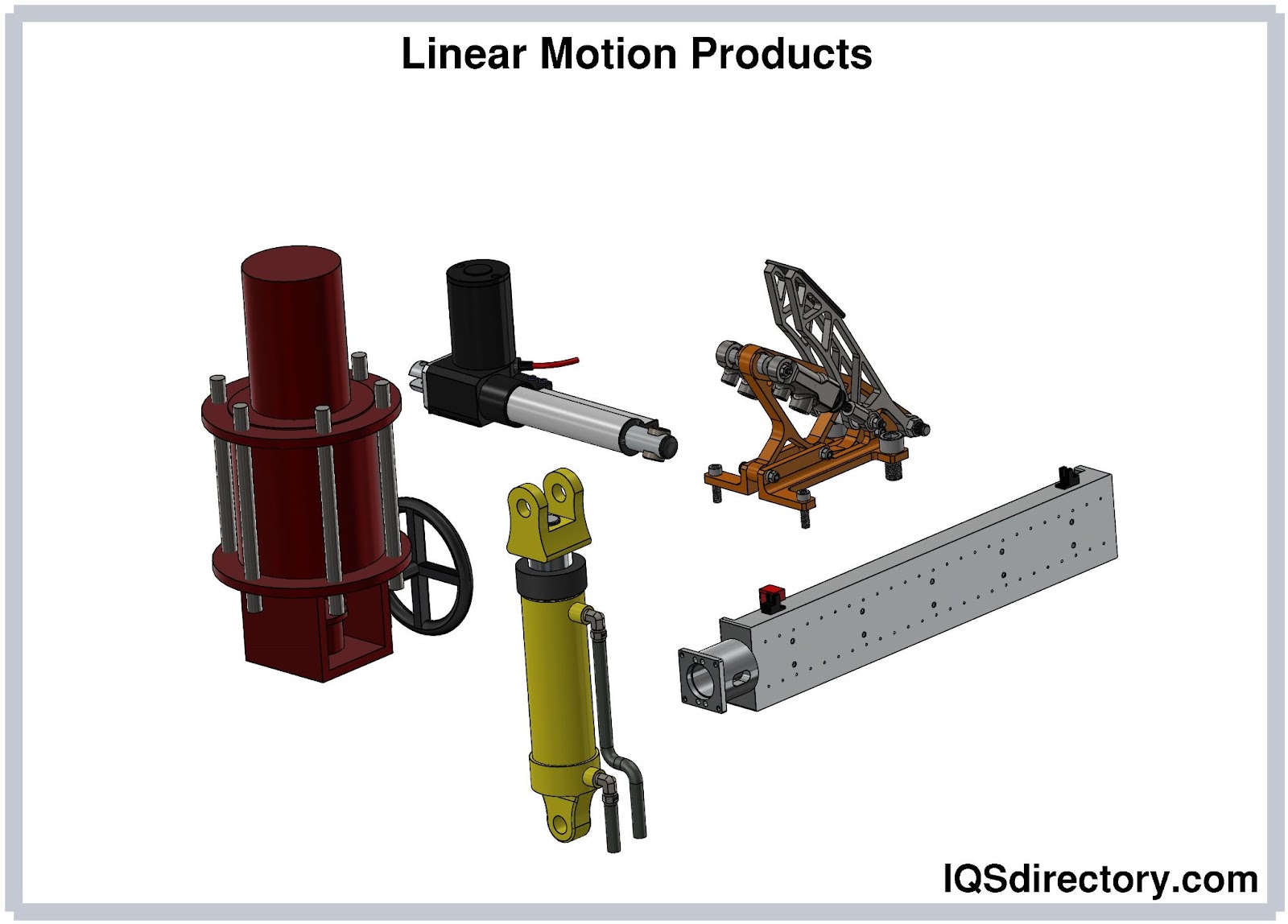
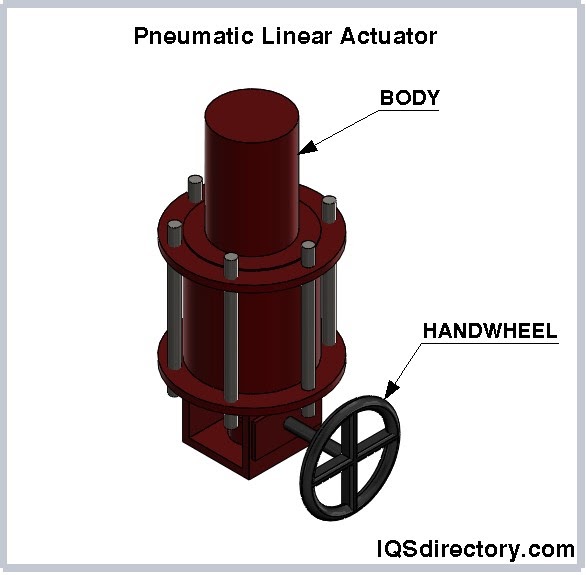
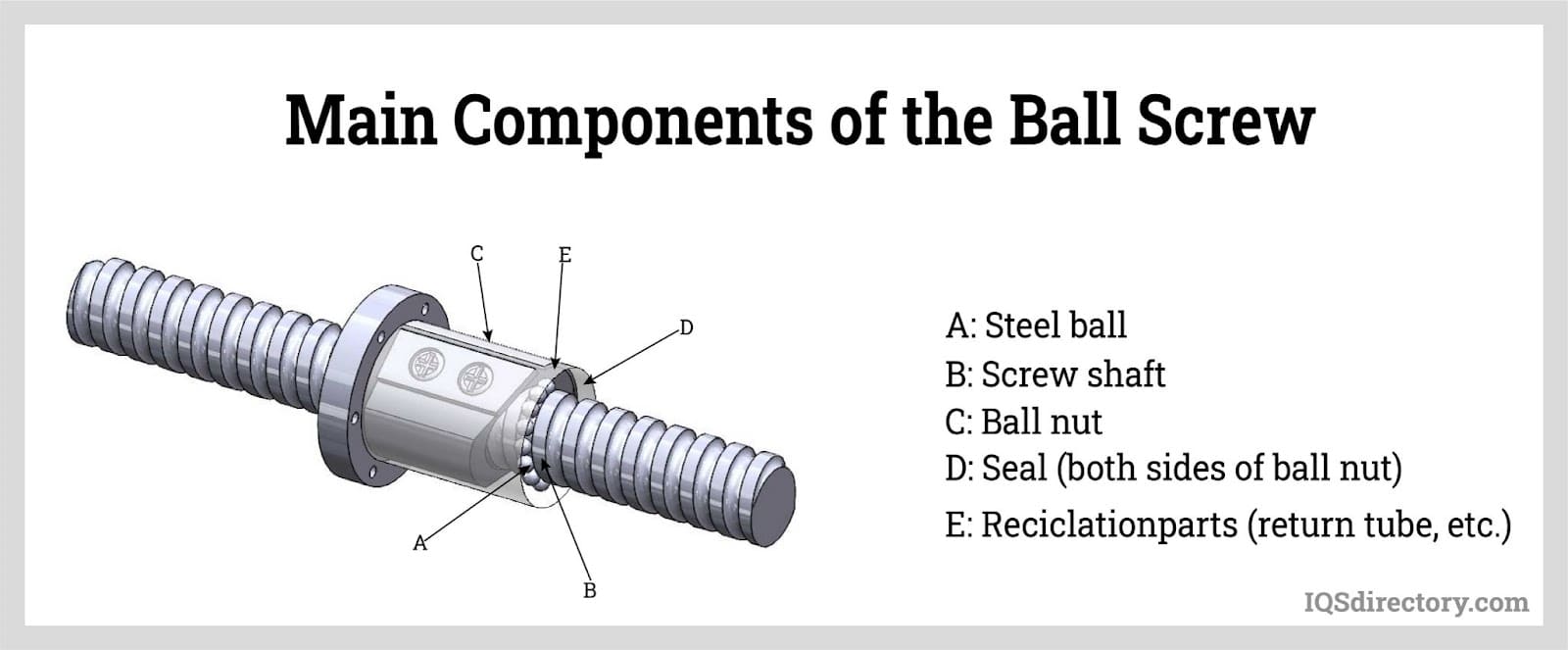
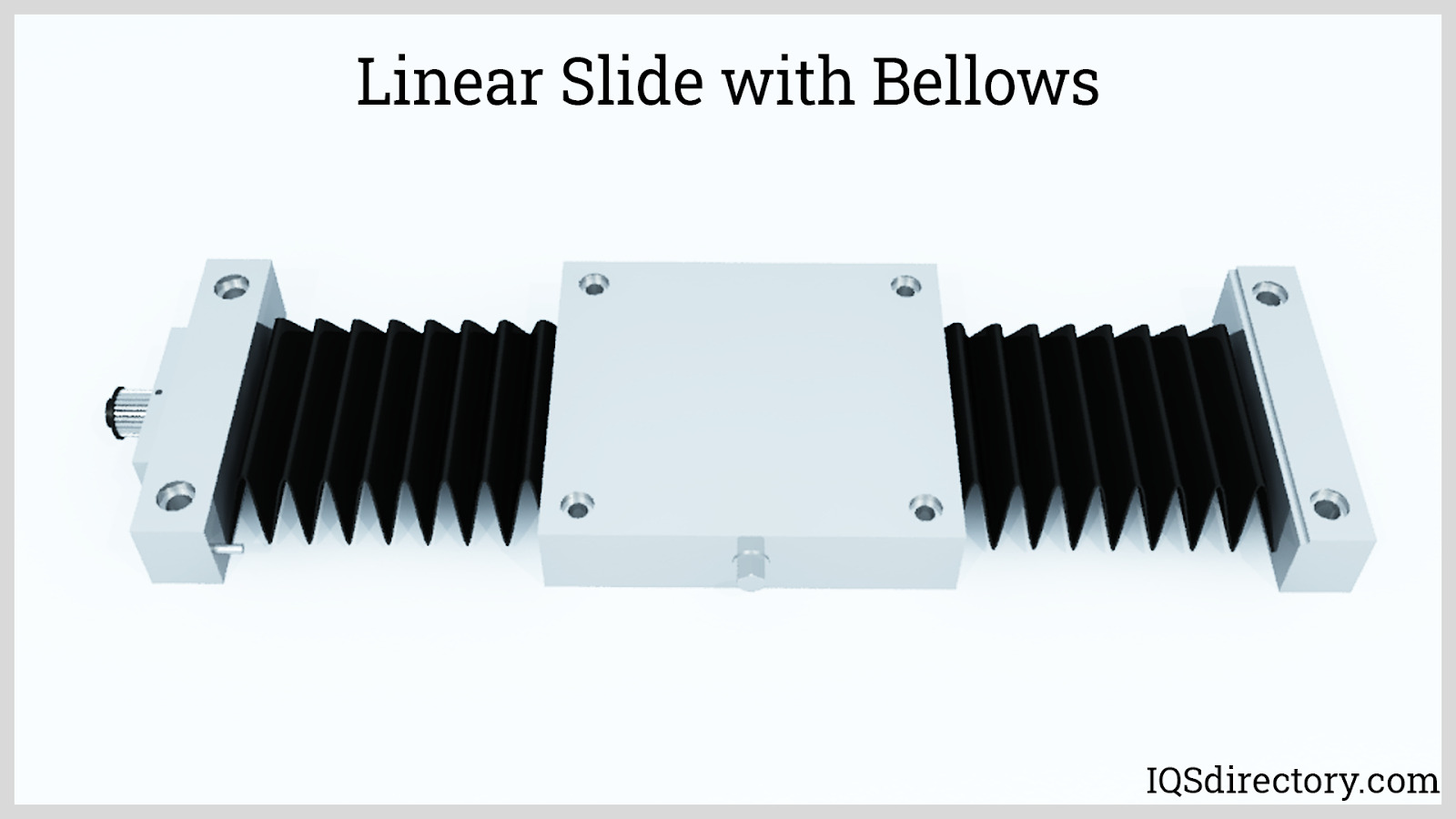
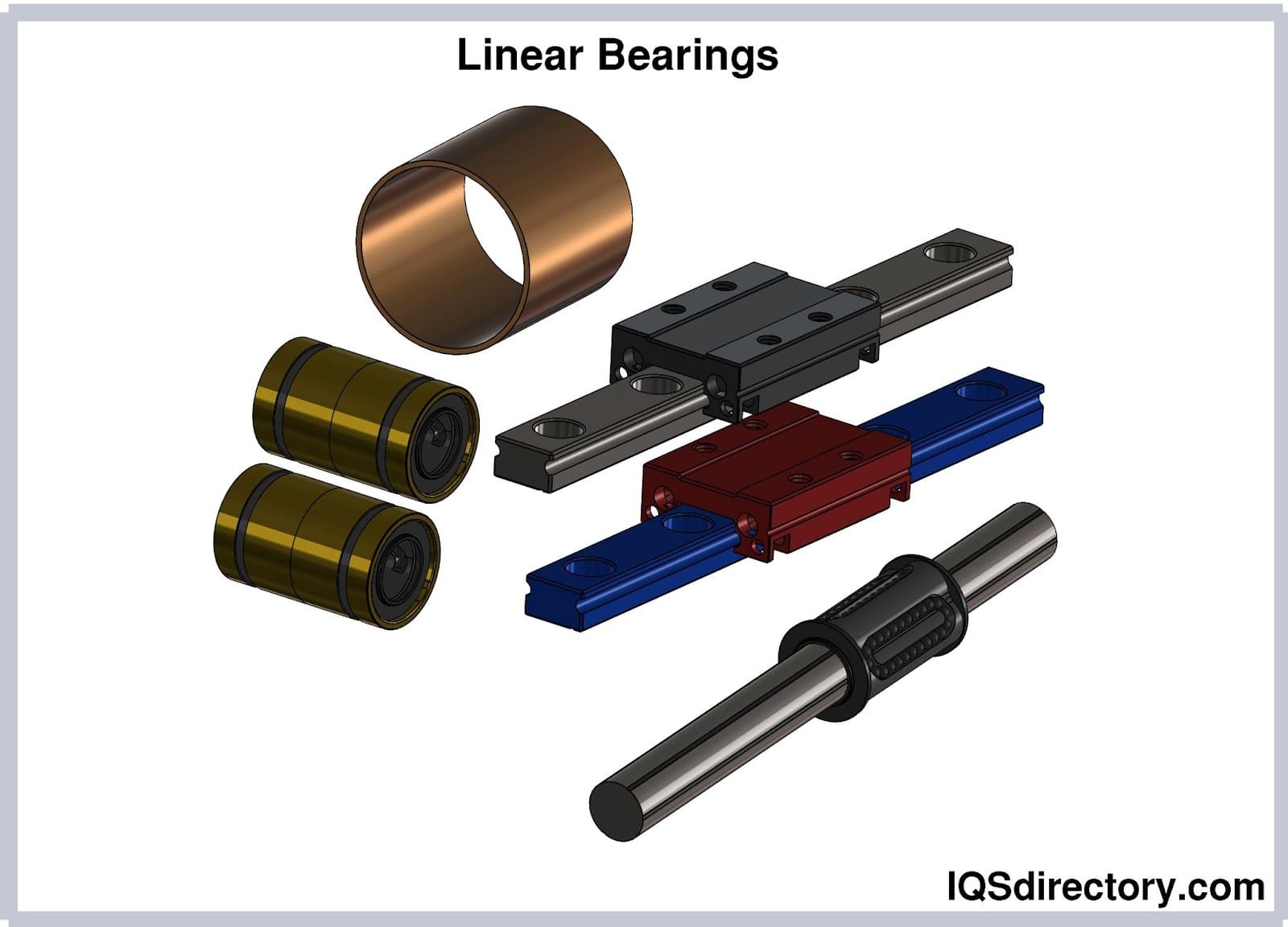
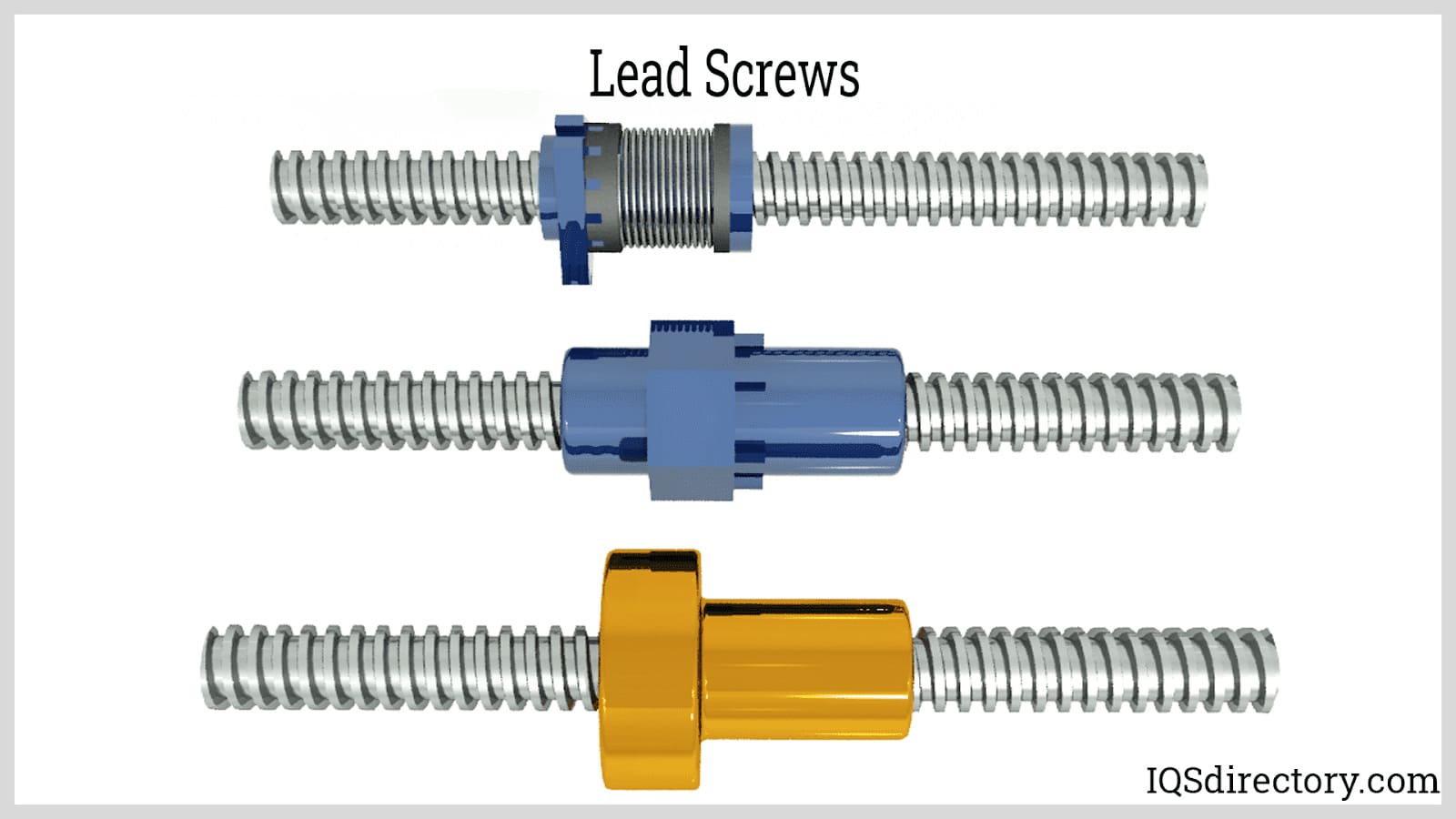
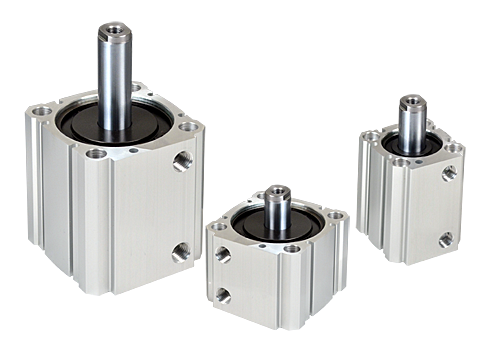 Air Cylinders
Air Cylinders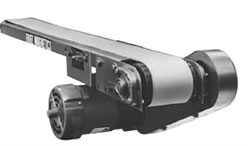 Assembly Machinery
Assembly Machinery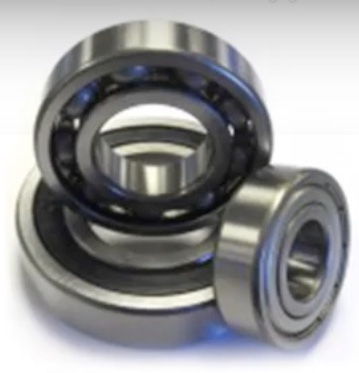 Ball Bearings
Ball Bearings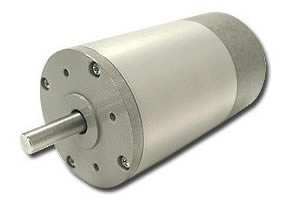 Electric Motors
Electric Motors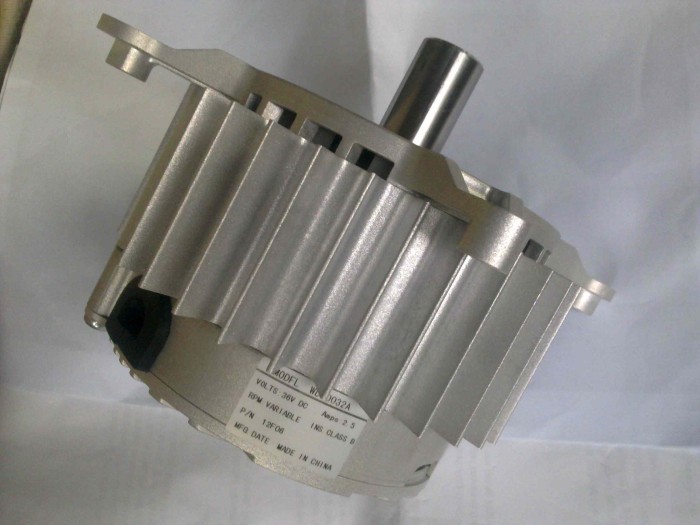 Fractional Horsepower Motors
Fractional Horsepower Motors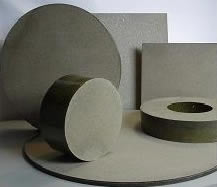 Friction Materials
Friction Materials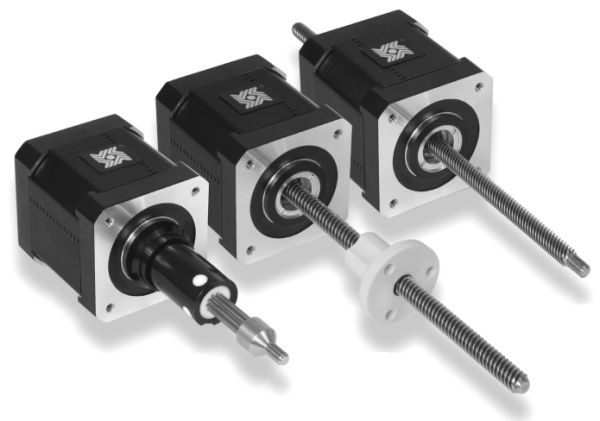 Linear Actuators
Linear Actuators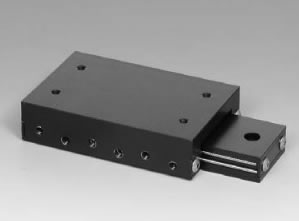 Linear Bearings
Linear Bearings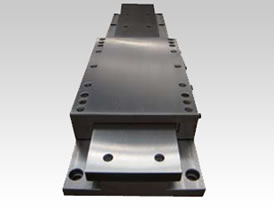 Linear Slides
Linear Slides Castings & Forgings
Castings & Forgings Bulk Material Handling
Bulk Material Handling Electrical & Electronic Components
Electrical & Electronic Components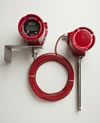 Flow Instrumentation
Flow Instrumentation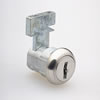 Hardware
Hardware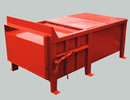 Material Handling Equipment
Material Handling Equipment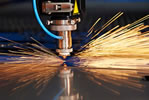 Metal Cutting Services
Metal Cutting Services Metal Forming Services
Metal Forming Services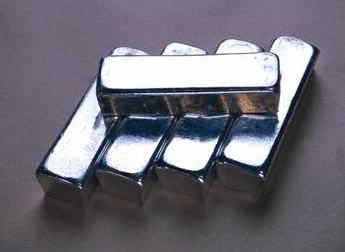 Metal Suppliers
Metal Suppliers Motion Control Products
Motion Control Products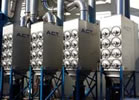 Plant & Facility Equipment
Plant & Facility Equipment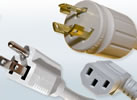 Plant & Facility Supplies
Plant & Facility Supplies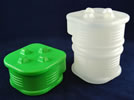 Plastic Molding Processes
Plastic Molding Processes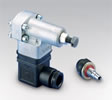 Pumps & Valves
Pumps & Valves Recycling Equipment
Recycling Equipment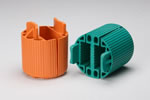 Rubber Products & Services
Rubber Products & Services